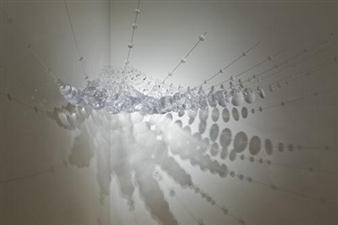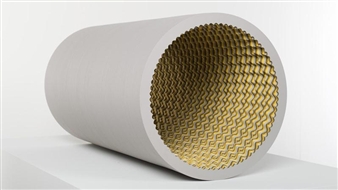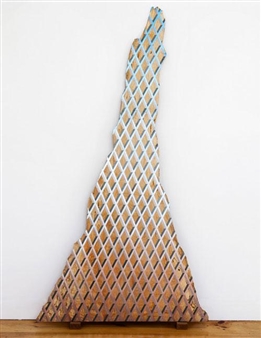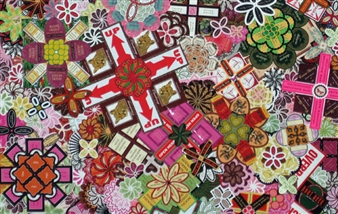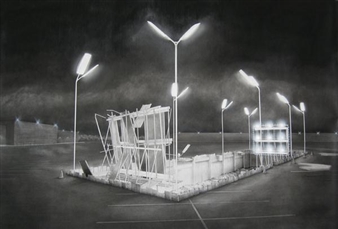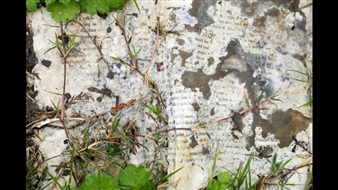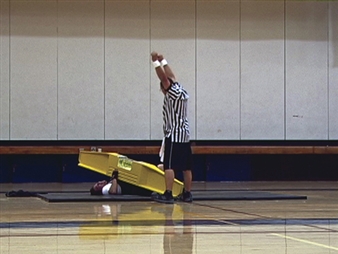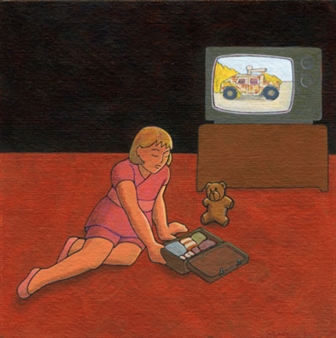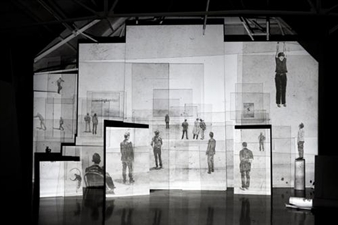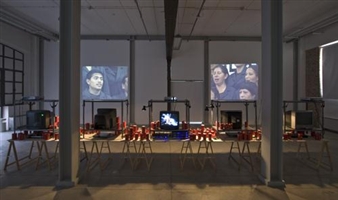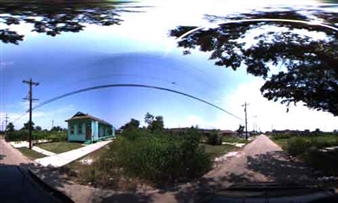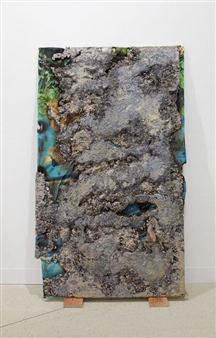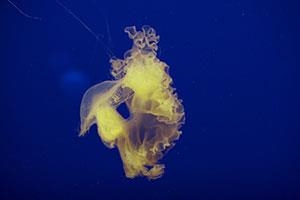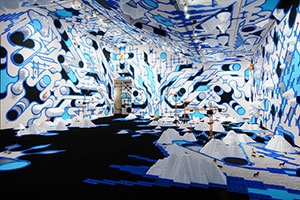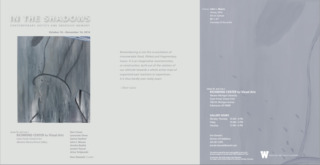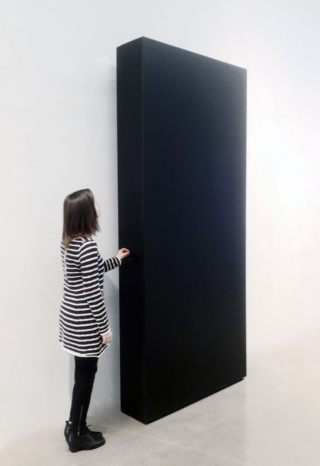THE TRANSPORTED MAN
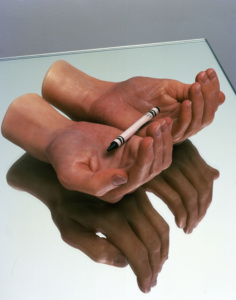
Eli and Edythe Broad Art Museum, Michigan, East Lansing, 04/29/2017 - 10/22/2017
Michigan State University, 547 East Circle Drive
ABOUT
The Eli and Edythe Broad Art Museum at Michigan State University (MSU Broad) Premieres Director Marc-Olivier Wahler's Inaugural Exhibition.
With David Allen, William Anastasi, Keith Arnatt, Robert Barry, Jason Dodge, Marcel Duchamp, Daniel Firman, Urs Fischer, Ceal Floyer, Luca Francesconi, Ryan Gander, Robert Gober, Sigurdur Gudmundsson, Christian Jankowski, Leopold Kessler, Joachim Koester, Alicja Kwade, Anna Maria Maiolino, Piero Manzoni, René Magritte, Tony Matelli, Georges Méliès, Adam McEwen, Robin Meier and André Gwerder, Jonathan Monk, Melvin Moti, Gianni Motti, Bruce Nauman, Fernando Ortega, Robert Overby, Charlotte Posenenske, Werner Reiterer, Hannah Rickards, Ugo Rondinone, Arcangelo Sassolino, Roman Signer, Paul Thek, Oscar Tuazon, Wolf Vostell, Ian Wilson, and a seven hundred year old Bishop.
A table, an elephant, a bug zapper, a bar of soap, a mirror, a thunderclap, a cat, a vending machine, and fireflies are some of the objects encountered in THE TRANSPORTED MAN. They can be seen and understood as ordinary objects, but gain new meaning when more information is revealed and when new interpretations are made possible. The table floats in mid-air (Roman Signer, Table, 2009), the elephant performs an impossible trick (Daniel Firman, Loxodonta, 2017), when the bug zapper kills a fly, the building’s electricity shuts down (Fernando Ortega, Untitled (Fly Electrocutor), 2003), the soap is the liposuctioned fat of an Italian politician (Gianni Motti, Mani Pulite, 2005), the reverse side of the mirror is signed (Marcel Duchamp, Mirror, 1964), the thunder is performed by an orchestra (Hannah Rickards, Thunder, 2005), the cat is ready for space travel (Werner Reiterer, Beginnings of Space Travel, 2002), the vending machine beams its cans to its far-away twin (Leopold Kessler, Sodamachine a and b, 2006), and fireflies and crickets flash and chirp in synchronicity (Robin Meier and André Gwerder, Synchronicity, 2015). Other notable works in the exhibition include Anna Maria Maiolino’s Ad Hoc (1982), Ugo Rondinone’s Clockwork for Oracles (2008), Piero Manzoni’s Base magica – Scultura vivente (1961), Jonathan Monk’s Second Hand Daily Exchange (2006), and The Bishop, a late 14th century sculpture from the MSU Broad Collection by an unknown artist.
This exhibition will also feature the US premiere of a film by Georges Méliès from 1904 previously believed to have been lost. Titled Match de Prestidigitation (A Wager Between Two Magicians), this film has not been seen in over 100 years and features Méliès himself as the protagonist. The opening will include a new performance by Christian Jankowski, as well as the opening of seven other exhibitions (more information below).
The exhibition title is inspired by a magic trick depicted in the novel "The Prestige," by Christopher Priest. “The Transported Man” exemplifies the three phases of a magic trick wherein a magician appears onstage (the Pledge), disappears through a door (the Turn), and reappears immediately from another door located a few yards away (the Prestige). How can a magic trick help us understand an artwork? To be efficient, a magic trick, like many other illusions, relies on a system of belief cultivated between the magician and his/her audience. The wider the gap between what the audience sees and what it is asked to believe, the more efficient and spectacular the trick is going to be. A good trick works only if the spectator can navigate between these two poles, between the feeling of witnessing pure magic and the impression of seeing an ordinary scene. If the spectator decides to consider only one of the poles (a simple fact or pure magic), the trick won’t work. The belief they attribute to what they see acts like a cursor in a field implemented not by category but by intensity.
The spectator wonders what happens in the ineffable moment when the magician disappears and reappears at the other side of the stage in the same way a viewer might wonder what happens when pigments on canvas reappear as a painting. How can an old magic trick such as “The Transported Man” help us understand the way an object can be transported between various states of being while gaining the power of embodying multiple identities?
The opening of THE TRANSPORTED MAN will coincide with the opening of seven new exhibitions:
Field Station is an annual cycle of six projects with a particular focus on new terrain, whether new work or evidence of a new direction in an artist’s practice. The series stresses the importance of research by offering a space for artists to further develop ideas that may be in the early stages of conception. The first installment in this series will feature new works by Alicja Kwade.
Projection Gallery is a monthly rotating space presenting annually curated programs of video art. The first series is titled Digital Bodies, and will feature videos by artists that use and manipulate images, signs, and systems to explore how technology has ostensibly become an extension of the body. The MSU Broad is proud to launch this program with a video work by Cécile B. Evans.
Passage Gallery, in the museum’s west entrance, will house an immersive installation that will take over the entire corridor by TOILETPAPER, the photo magazine founded by Maurizio Cattelan and Pierpaolo Ferrari.
Ledge Gallery, in the Alan and Rebecca Ross Education Wing, will display small-scale works. The inaugural project will feature Michael Ross, known for collecting little scraps of metal, fabric, and paper to assemble tiny, complex sculptures.
Collection Gallery is devoted to excavating, researching, and displaying the MSU Broad’s growing collection year-round. The collection spans artistic production from Ancient Greece and Rome and pre-Columbian cultures, to Medieval and Renaissance, to Modern and Contemporary. The first exhibition in this space will be The Transported Collection, contributing to the conversation about belief and exploring the conventions of taste.
Vitrine Gallery is a non-traditional display niche composed of shelves and glass. The first exhibition will be a collection of hand-painted stamps from fictitious states by American watercolorist, Donald Evans.
The Vault is a monthly rotating exhibition in our glassed-in collection storage space, featuring a single work from the collection chosen by Michigan State University students.
THE TRANSPORTED MAN will be the biggest exhibition on view since the museum’s opening in 2012. In preparation for an exhibition of this scale, the museum will close to the public from April 24–28, with a monumental re-opening on April 29 at 6pm. THE TRANSPORTED MAN is organized by the Eli and Edythe Broad Art Museum at MSU and curated by Marc-Olivier Wahler, Director. Support for this exhibition is provided by the MSU Federal Credit Union; the Swiss Arts Council Pro Helvetia; Audemars Piguet; the Eli and Edythe Broad Endowed Exhibition Fund; and the MSU Broad's general exhibitions fund.
For More Information